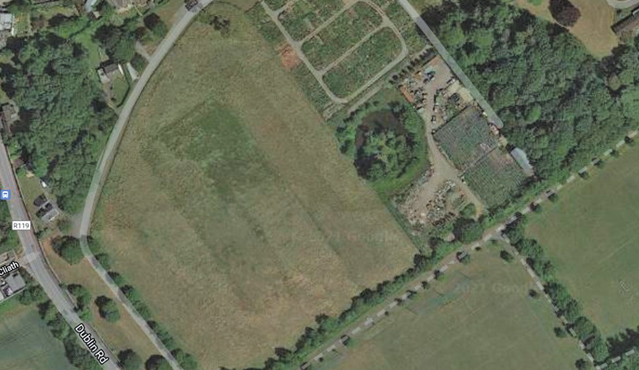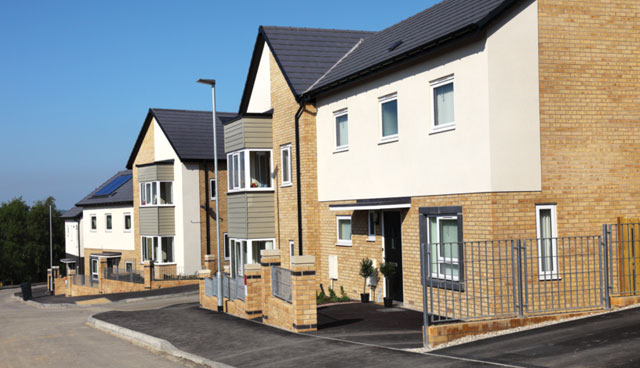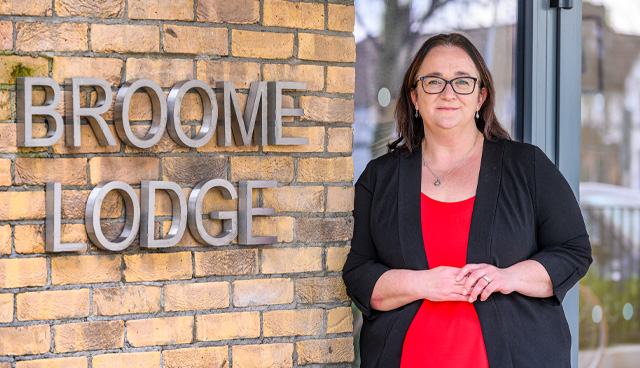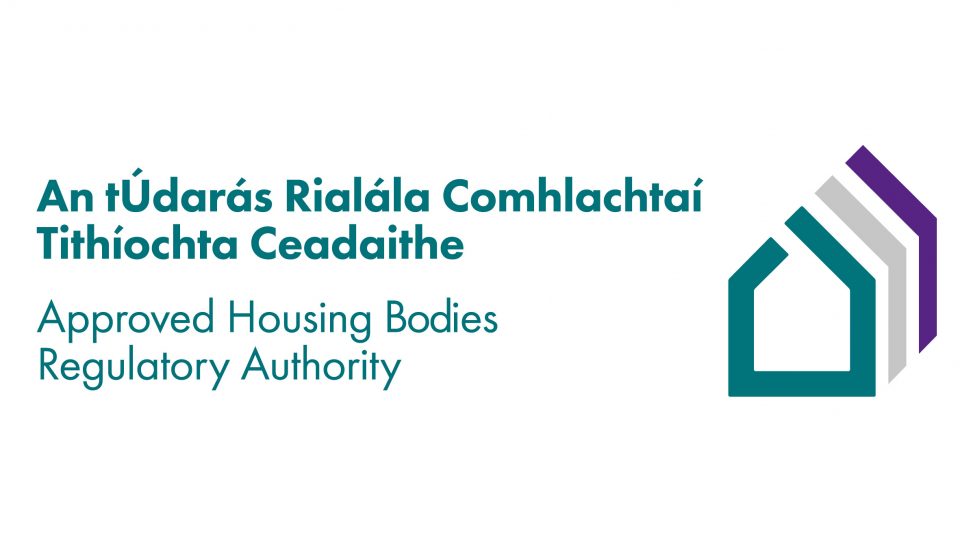
Numbeo comparison: Irish property prices
1st June 2021
Land Development Agency Bill 2021
1st June 2021Is cost rental a feasible approach to increasing Ireland’s affordable housing supply?

Few would dispute that more homes must be built in Ireland, but perhaps the more pertinent question is how we build the right type of affordable homes, to meet the long-term diverse needs of Irish society. It is not an easy question to answer and naturally the varied stakeholders in the housing sector continue to stage their specific cases to government, writes Partner and Head of Housing with Beauchamps, Fidelma McManus.
The Affordable Housing Bill 2021 and the Land Development Agency Bill 2021, each published earlier this year by the Minister for Housing, Local Government and Heritage outline a multi-faceted approach to increasing housing supply with multiple policies proposed to address the affordability crisis.
Affordable Housing Bill 2021
Central to the Affordable Housing Bill 2021 (the Bill) are four schemes which put affordability as the key driver for reform and prioritise the increased supply of affordable homes. Whereas there has been significant criticism from various stakeholders on aspects of the Bill, particularly the Affordable Purchase Shared Equity Scheme, the Bill also introduces a new form of tenure known as cost rental which has been widely welcomed.
The existing models used to increase housing supply, such as, the ‘forward funding’ model, the ‘turnkey’ model and the various long-term leasing models available have been successful to varying degrees in delivering social housing (and of course we await with interest further details on the Government’s Housing for All policy to replace the Rebuilding Ireland action plan), but they are not delivering affordable housing. Could the cost rental model be the new weapon in the fight to increase housing supply? Could it provide security of tenure with long-term affordable options for those who do not qualify for social housing?
What is the cost rental model of ownership?
In essence, the principle of a cost rental model is that a state body such as a local authority, or an approved housing body (AHB), provides rental accommodation at affordable rates to those who are above the threshold for social housing but unable to afford to buy their own property or rent on the open market. This means the low rent charged is calculated to only cover the cost of delivering, managing, and maintaining the home. The cost rental model will have a statutory basis once the Bill is enacted by virtue of a cost rental scheme. It is expected that the first homes in this scheme will be delivered later in 2021 at a minimum of 25 per cent below market value.
It is important to note that cost rental is intended to complement social housing, adding to the public housing stock by leveraging the proven expertise and capacity of the AHB sector, demonstrated in their development and management of social housing units. It is envisaged these homes will be made available to applicants who meet defined eligibility criteria, which will be set in advance of the completion of the first projects. If a scheme is over-subscribed, landlords will select tenants via a lottery process.
What has the Government done to facilitate the use of the cost rental model?
The Bill specifically introduces a new Cost Rental Equity Loan (CREL) to provide for cost rental tenancies, which is extremely welcome news. For any cost rental model to succeed, low-cost, long-term, and stable finance is required. Therefore, the Government’s CREL scheme is a big step forward for the cost rental model.
The €35 million made available by the Government will be in the form of long-term loans on ‘favourable terms’ – meaning low interest rates. This is intended to cover up to 30 per cent of the development or acquisition cost to AHBs for new cost rental homes with a further €100 million of long-term commercial loans to be made available by the Housing Finance Agency, to meet the remaining development cost gap for AHBs. The Government announced that this fund will support AHBs to deliver approximately 390 cost rental homes in 2021, prior to delivery of further homes by the Land Development Agency and forms part of a larger allocation of €468 million for all housing affordability measures.
“It is testament to all those involved in the Enniskerry Road Cost Rental Project, that the evidence provided contributed to the government green-lighting the expansion of the cost rental model.”
Fidelma McManus, Partner and Head of Housing, Beauchamps
Will the cost rental model work?
When looking further afield, the Vienna Model is a popular and proven example of a cost rental scheme that has delivered sustainable and high-quality affordable housing in the Austrian capital and a model that we should look to replicate here.
Closer to home, the Enniskerry Road Cost Rental Project, a pilot scheme for the cost rental model, which Beauchamps worked closely with Respond on in conjunction with Tuath Housing, demonstrated to government that this type of cost rental scheme can work in providing a solution to a significant gap in the market. It is testament to all those involved in the Enniskerry Road Cost Rental Project, that the evidence provided contributed to the government green-lighting the expansion of the cost rental model.
The announcement of the CREL, and the selection of the AHB sector to deliver such projects, acknowledges the proven expertise and capacity of AHBs across the housing sector.
Conclusion
While the notion of land ownership, and home ownership, is an important life goal for many in Irish society and could be said to be a distinct element of Irish culture in a way that it is not for much of Europe, for whatever reason, there are many in our society who will not reach this goal. They should nevertheless be afforded the same long-term housing security as those able to afford to buy their own homes or those who qualify for social housing. The CREL scheme is no doubt an important step forward in providing this housing security for those who could not otherwise achieve this.
It remains to be seen whether the delivery targets of 390 cost rental homes in 2021 and beyond are ambitious enough, and indeed whether the funding to be made available by the Government is enough, to truly have a meaningful impact on the housing sector. However, the hope and expectation is that the cost rental scheme introduced in the Bill and the 2021 supply of 390 cost rental homes will prove successful to the extent that it can be implemented across the board as a feasible strategy, resulting in increased affordable housing supply across Ireland.
For more information, please contact:
Fidelma McManus
Partner and Head of Housing
Beauchamps
T: +353 (0)1 418 0600
E: f.mcmanus@beauchamps.ie








